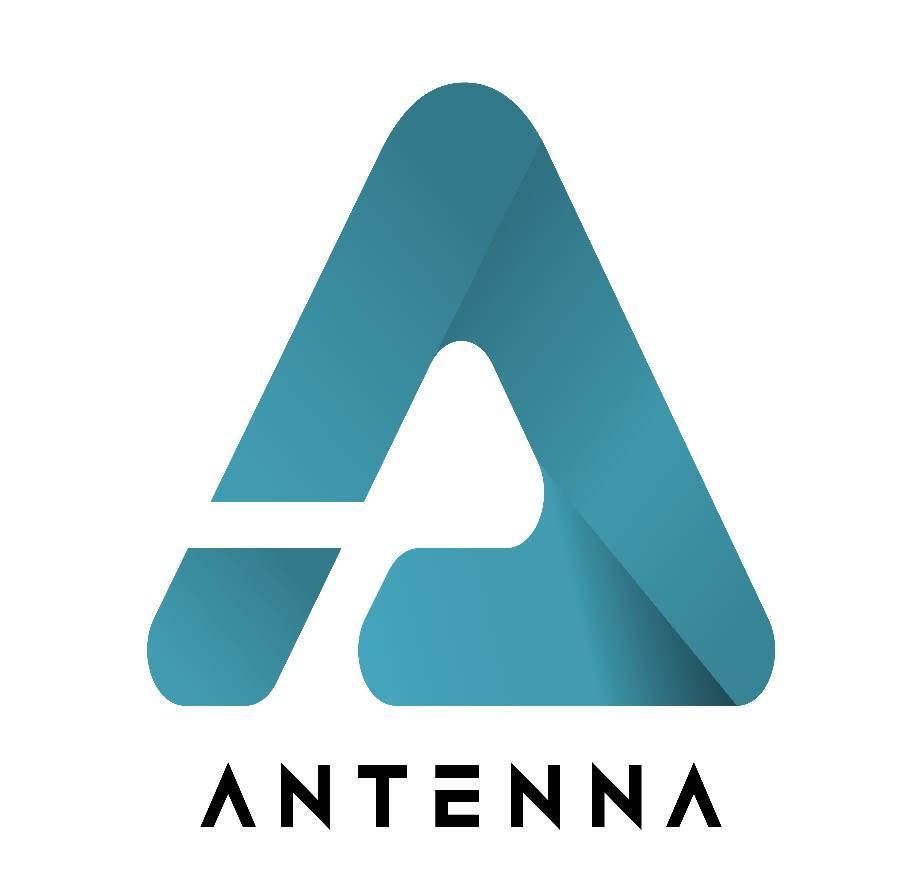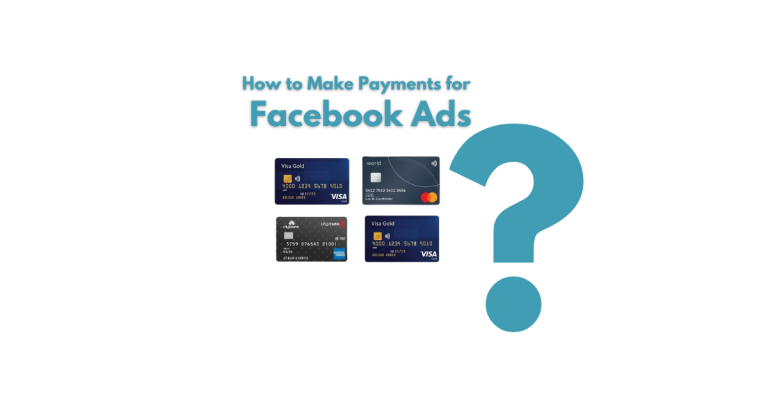Restaurant POS Software Pricing
Restaurant Point of Sale (POS) software has become essential for modern food service businesses, but understanding the pricing structure can be complex….
Restaurant Point of Sale (POS) software has become essential for modern food service businesses, but understanding the pricing structure can be complex. This comprehensive guide breaks down everything restaurant owners need to know about POS software costs, helping you make an informed decision for your business.
Core POS Software Pricing Models
Subscription-Based Pricing
Most modern POS systems operate on a monthly subscription model, typically ranging from:
- Basic plans: $69-99/month
- Standard plans: $129-199/month
- Premium plans: $249-399/month
These prices usually include:
- Core POS functionality
- Basic reporting
- Cloud backup
- Regular software updates
Hardware-Inclusive Packages
Some providers offer bundled solutions:
- Terminal + software: $999-1,500 upfront
- Monthly payments: $89-149/month (24-36 month contract)
- Lease-to-own options available
Additional Cost Factors
Hardware Requirements
- iPad/tablet terminals: $300-500 each
- Traditional POS terminals: $1,000-2,000 each
- Receipt printers: $200-300
- Cash drawers: $100-150
- Kitchen display systems: $500-800
- Card readers: $50-250
Processing Fees
Transaction fees typically follow these structures:
- Flat rate: 2.5-2.9% + $0.15-0.30 per transaction
- Interchange-plus: Interchange + 0.3-0.5% + $0.10-0.15
- Tiered pricing: 1.5-3.5% depending on card type
Add-On Features
Common additional costs include:
- Inventory management: $30-50/month
- Employee scheduling: $25-40/month
- Online ordering integration: $50-100/month
- Loyalty programs: $40-60/month
- Advanced analytics: $35-75/month
Size-Based Pricing Considerations
Small Restaurants (1-2 terminals)
- Monthly software: $69-129
- Hardware costs: $1,500-2,500
- First-year total: $3,328-4,048
Medium Restaurants (3-5 terminals)
- Monthly software: $199-299
- Hardware costs: $3,500-5,500
- First-year total: $5,888-9,088
Large Restaurants (6+ terminals)
- Monthly software: $399-599
- Hardware costs: $7,000-12,000
- First-year total: $11,788-19,188
Hidden Costs to Consider
- Installation & Setup
- Professional installation: $200-500
- Staff training: $300-700
- Menu programming: $100-300
- Integration Fees
- Accounting software: $30-50/month
- Third-party delivery platforms: $25-45/month
- Payment gateways: $10-30/month
- Support & Maintenance
- Premium support: $50-100/month
- Hardware warranty: $100-200/year
- Software updates: Usually included
- Data backup: Usually included
Cost-Saving Tips
- Bundle Services
- Look for providers offering integrated payment processing
- Consider all-in-one solutions for better pricing
- Negotiate multi-year contracts for discounts
- Hardware Options
- Consider iPad-based systems for lower upfront costs
- Buy refurbished equipment when possible
- Start with essential hardware and scale up
- Feature Selection
- Start with basic features and add as needed
- Evaluate ROI for each add-on feature
- Choose plans that match your actual usage
ROI Considerations
Potential Savings
- Labor costs: 2-3% reduction
- Inventory waste: 1-2% reduction
- Order accuracy: 99% improvement
- Table turnover: 15-20% increase
Revenue Improvements
- Average ticket size: 5-10% increase
- Customer satisfaction: 20-30% improvement
- Loyalty program participation: 20-45% increase
Making the Final Decision
Consider these factors when choosing a POS system:
- Current business size and growth plans
- Essential vs. nice-to-have features
- Available budget for upfront costs
- Monthly revenue for ongoing expenses
- Integration requirements
- Training and support needs
Future Pricing Trends
The restaurant POS software market is evolving, with several trends affecting pricing:
- Increased competition driving down costs
- More flexible payment options
- Better feature integration at lower price points
- Rise of mobile-first solutions
- Enhanced AI capabilities
Conclusion
Investing in restaurant POS software requires careful consideration of both immediate and long-term costs. While initial prices may seem high, the right system can provide significant returns through improved efficiency, reduced errors, and better customer service. Consider starting with a basic system and scaling up as your business grows and needs evolve.




